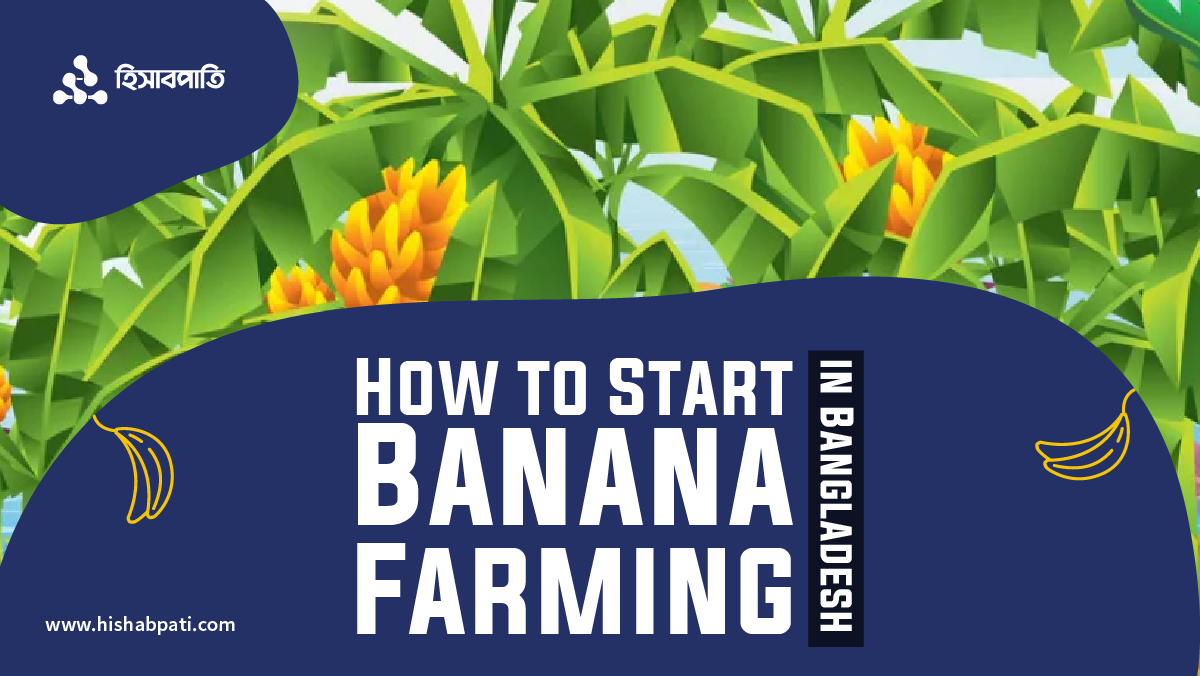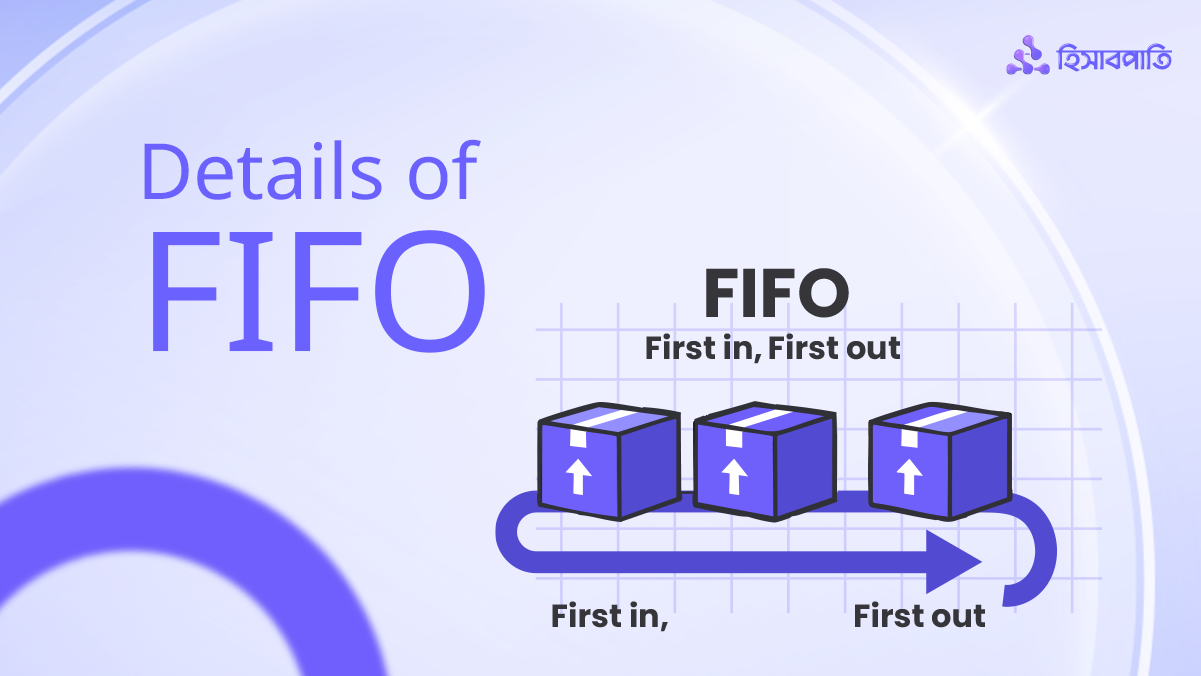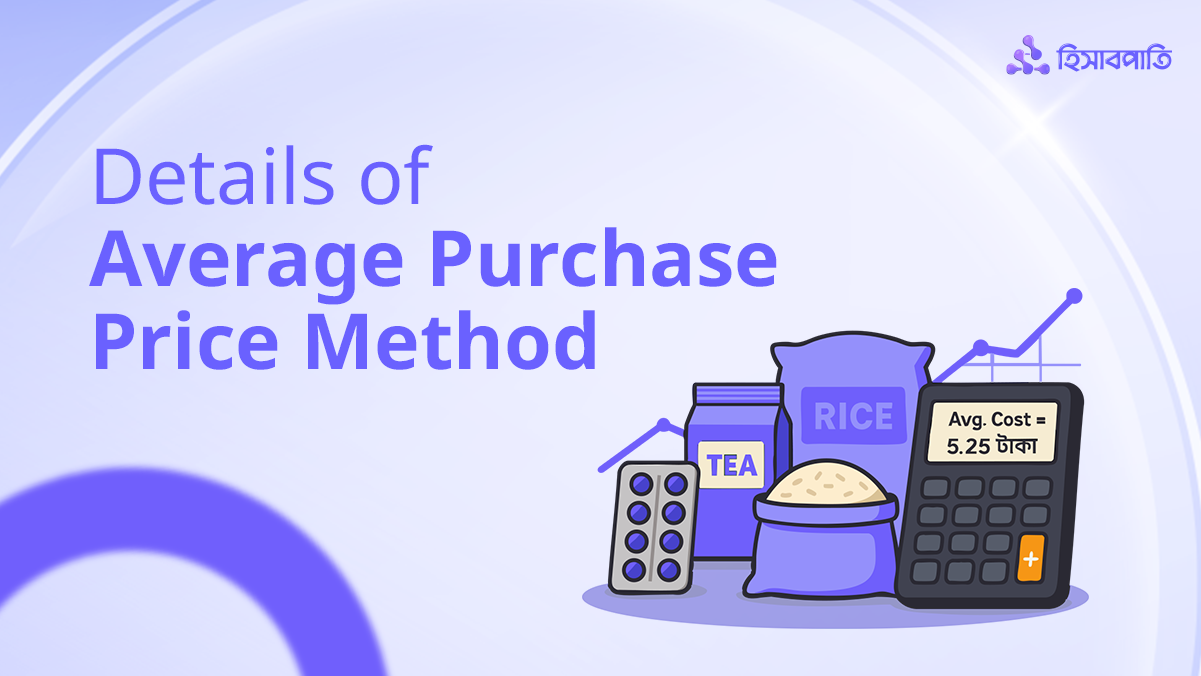Banana is a nutritious and tasty fruit. Apart from this, it’s a profitable crop. If you are an agriculture enthusiast and want to become self-sufficient by doing something on your own, banana farming can be a good idea. But don’t have any clear idea about banana farming? No worries. Because here we’ll discuss how to start banana farming in Bangladesh.
Profitability of Banana Farming in Bangladesh
Bangladesh is a tropical country, and the climate of this country is perfect for the production of bananas. The major districts of our country that cultivate bananas are Narshingdi, Bogra, Rangpur, Pabna, Nator, Faridpur, Noakhali, and Khulna. The districts that grow wild bananas are Bandarban, Moulvibazar, Sylhet, Rangamati, Netrokona, and Khagrachori. The soil of the mentioned areas is extremely fertile to grow bananas.
In many Upazilas of Natore such as Baraigram, Singra, and Gurdaspur farmers are heading towards banana farming because of its higher profit and lower production cost than other crops. Zahurul Haque Sarkar, Lecturer of Bilchan Shaheed Samsujjoha Government College, told that he cultivated bananas on a one-acre land and he sold those for BDT 60 to BDT 70 at the cost of BDT 18, 000 to BDT 19,200 per bigha. The most exciting thing about banana farming is that once you have planted a banana tree, you can sell that for three to four seasons.
Mainly, farmers cultivate different varieties of bananas such as Champa, Anupam, Manik, and Megh Sagar because these varieties can be harvested quickly. Shobri is another popular type of banana that farmers cultivate. When the banana plants are small, you can plant some other companion crops on the land, so that you can have a diversified source of income. Again, the demand for this fruit remains almost the same throughout the year and the price is also satisfactory.
So, as a whole, banana farming in Bangladesh is quite profitable. Now, you must have got your answer to the question how profitable is banana farming?
How to Start a Banana Plantation Business?
You just can’t start a banana plantation business or any other business all of a sudden. At first, you need to know certain basic things, and some details about banana farming such as growth pattern, soil composition, suitable planting season, pest control, complementary crops, irrigation method, harvesting, marketing, and the like.
Follow the below-mentioned steps to get the answer to your question -how do I start a small banana farm?
1. Business Plan
2. Initial Capital
3. Get the Exact Farmland
4. Soil Test
5. Make the Land Ready for Farming
6. Obtain Banana Sucker
7. Sucker Treatment
8. Suitable Season for Banana Plantation
9. Planting and Spacing Pattern
10. Irrigation
11. Nutrition
12. Weed Control
13. Intercropping
14. Protect from Diseases and Pests
15. Harvesting
16. Marketing
Now, let’s discuss these steps thoroughly.
1. Business Plan
A business plan is a must for you no matter what business you are doing. First, write a business plan for your banana farming business before you are starting the business in real. Run your locality’s feasibility study after writing the business plan.
Your business plan needs to be well-researched. This step is the most crucial step of all because it will determine what you will do in the other steps. If you need any funding help, you can present this plan to the investors. This step consists of:
- Initial capital
- Stock procurement
- Obtaining the exact labor and farmland
- Water supply
- Obtaining organic fertilizer
- Funding
- Location
- Transportation
- Pricing
- Required instruments
- Medicine and a lot more
2. Initial Capital
Money is the fuel that helps to start your business and keeps it running. You need some money in your hand when you are starting any kind of business whether it is a banana farming business or any other type of business. If there is any shortage, you can take help from your friends or family because then, there will no difficult terms and conditions or high rate of interest.
You can also take loans from banks or other financial institutions. But then the terms and conditions will be harder and you will need to pay higher interest rates. Just consult your nearest, reliable bank for the bank loan and they will tell you what documents you will need to apply for a loan.
You can start your business with a small capital, then grow your business gradually. If you have enough capital, you can start your business on large scale, it all depends on your financial strength. No matter how much capital you start your business, you need to have a powerful plan.
3. Get the Exact Farmland
Banana farming needs exact farmland under a tropical climate to give you the best productivity. Consider buying lands in rural, suburban, or remote areas because lands are cheaper in those places. You can also find some farmers who will like to share their lands with you. If you have a small capital, you can also take land on lease.
First, consider whether the soil is fertile or not before buying or sharing, or leasing land. Because your yield will depend on the fertility of the land. You need to consider all these things beforehand, or you will waste your money on unfertile land.
4. Soil Test
Test the soil in the right manner to whether it meets all the requirements for the survival of the banana trees and give you the highest yield after you have bought the land. Banana grows in almost any type of land from the worst to the best but still, the yield will vary a lot. The best land for banana cultivation is a fertile land with better moisture and good drainage.
If you can get a rich type of loamy soil that has a pH value from 6 to 7.5, you are golden. The soil needs to contain adequate nitrogen, a better quantity of potash, phosphorus, and other organic contents. The soil doesn’t need to be too acidic or alkaline.
The exact soil tests are highly advisable before you use the land for banana farming on a commercial basis. Remember, saline, sandy soil, and calcareous soil are the soil types worst for banana cultivation.
5. Make the Land Ready for Farming
Now, make your land ready for farming after soil testing. Clean the land, and make it prepared for cultivation. Remove all the weeds. Follow manual weeding method or bush clearing.
Level this land after you have cleared the bush. If you want to dig manually for a small farm, use a digger. If your farm is large, use farm machinery like a laser leveler, plow, and harrow to level the land.
Now, you can also prepare the pits while planting. You dig the pits and leave them for solar radiation so that all insects and soil-borne diseases can be eliminated that can hamper your plants’ growth. It also helps air penetration, dissolved liquid components penetration, and nutrient penetration inside the soil for the betterment of its fertility.
6. Obtain Banana Sucker
You will obtain the best banana ratoon or sucker from a different plant nursery to develop your plantation. Banana suckers can be of different types, and your used types will determine the looks of your bananas. Plant the sucker at first in the nursery. Then transplant that into the moist soil you have already prepared and ensure that they are exactly spaced out.
Banana sucker means the little shoot coming from the banana plant’s base. Each species of banana has suckers wherever the plantation takes place. Mostly, you need to purchase suckers from another banana farm to begin yours.
7. Sucker Treatment
Trim and treat the banana suckers well before you put them in your soil. You should treat them well to eradicate all the diseases and pests that affect suckers at their root zone. Mainly, nematodes and stem borers attack suckers and hamper nutrient and water transmission from the suckers’ roots to the stems. If you don’t handle this type of issue before sucker plantation, it will reduce your banana farm yield or your project will turn into a failure.
You can treat suckers with boiled water treatment or extract of red acalyfa leaf.
Boiled water treatment
Keep the sucker roots in water that is boiling for not more than 30 seconds. After 30 secs, remove them from that water and keep them in fresh air for one hour before you plant them.
Extract of red acalyfa leaf
Take red acalyfa leaves (90 grams) and keep them underwater (10 liters) for not more than 20 minutes. Now, dip the banana sucker inside this solution with these leaves for another 20 minutes. After 20 minutes, remove the suckers from there and make them dry in fresh air for 10 minutes before planting.
8. Suitable Season for Banana Plantation
The best time to plant bananas is the early summer or the late spring from May to June or during autumn from September to October. Primary outcomes from this farming indicate that a temperature rise will cause an increase in disease in bananas. Again, rainfall distribution has a greater impact on banana disease harshness. The most suitable temperature for banana plantations is between 10 degrees to 40 degrees Celsius.
9. Planting and Spacing Pattern
Banana plants are different in size and so, space them out based on their sizes when you plant them. Plant upright single sucker plants at the center of a hole so that 5cm of pseudo stem remains above the soil. When you have successfully placed the sucker in the hole, cover it with the soil top, then press that soil quite well around the banana sucker so that there remains no hollow space for air.
Standard bananas and dwarf bananas are different in size. So, their spacing patterns will be different too.
Mostly, full-size or standard bananas need a 12 feet space or more. You can plant some 8 to 12 feet apart or 10 by 11 feet so that there’s no negative effect on the quality of the production.
Spacing for dwarf size
Plant the dwarf bananas nearer to one another because their sizes are smaller than full-size or standard ones. Plant them in rows 8 feet apart. In rare cases, you can also plant them up to 12 feet apart.
Cavendish dwarf bananas need at least 3.24 meters above the soil. You can achieve this if you space them in this manner: “1.8 x 1.8m or 2.7 x 1.2m.”
Mostly, full-size or standard bananas need a 12 feet space or more. You can plant some 8 to 12 feet apart or 10 by 11 feet so that there’s no negative effect on the quality of the production.
10. Irrigation
Immediately irrigate your land after planting. Apply life irrigation after four days. If you have planted wetland bananas irrigate the land once every 10 to 15 days. In case, you have planted garden land ones, irrigate the land once a week. Irrigate your fields in the right manner after each time you manure the land.
Apply drip irrigation at around 5 to10 liters per plant per day from planting to the fourth month; 10 to 15 liters per plant per day from the fifth month to shooting; and 15 liters per plant per day from shooting until 15 days before harvesting.
11. Nutrition
Your banana plants will get their nutrition from the manure you will apply. The banana plants need quite a high level of nutrition. They need around 150 to 200 g of Nitrogen, 100 to 150 g of Phosphorus, and 200 to 300 g of potassium for each plant each year. Banana plants absorb more nutrients in each unit area than most other fruit crops.
Generally, nitrogen deficiency hampers plant growth severely and causes chlorosis in the plants’ older leaves.
12. Weed Control
Regularly controlling weed during the initial four months is quite crucial. Generally, you can apply spading. So, four spades each year will be effective for controlling weeds. You can apply integrated weed control by getting cover crops, using herbicides, hand weeding, and intercropping.
All the above-mentioned procedures will help to increase production. You can also consider applying cowpea’s double cropping that similarly suppresses weed growth effectively.
13. Intercropping
Apply intercropping at the early phases of banana growth. Successfully intercrop both flower and vegetable crops such as marigold, tuberose, cabbage, cauliflower, chili, eggplant, gourds, and lady’s finger. You can also mix crops with cassava and coconut.
14. Protect from Diseases and Pests
Protect your banana plants from the following common diseases and pests:
Bunchy Top- If this viral disease infects your plant, it will show narrow and short leaves at the pseudostem’s top while forming a bunch.
Panama Wilt- This disease will seriously affect your soil if the soil is poorly drained or you are plating bananas there for ages. If your plant is affected, its leaves will become yellow, hang around the pseudostem and then wither.
Rootstock Weevil- This pest will harm your banana trees the whole year. The grubs will make holes into rhizomes. Again, the adults will hide in suckers and leaf sheaths.
Pseudostem Borer- These are stem borers and will cause great damage to your plants. This pest’s grub will make a hole into pseudostem causing the leaves turning to yellow, wither, and eventually, the plant dies.
Consult any reliable botanist in your locality and ask him for advice and medicine to treat your banana plants
15. Harvesting
You will pick unripe bananas when they are still green in color for marketing or exporting. Banana harvesting takes place from September to April. Banana branches will reach their maturity phase from 90 to 150 days of growth when the banana is exactly filled and the fruits’ angels disappear totally.
You don’t need much capital or labor for banana farming. If you buy banana suckers at the initial phase of your farming session, those will last for around two decades. Thus, it can be one of the most suitable farming businesses earning you good profit. Consider going for work or training in a banana-growing farm to get important information regarding this farming business to make yourself well experienced to start your business.
16. Marketing
Banana has a vast market both locally, as well as, internationally. Because banana is used in fruit markets, restaurants, stalls, and manufacturing companies. You can make lots of money based on your harvest size, quality of production, location, and price.
Final Words:
So, what are you waiting for? Now, when you are well aware of how to start banana farming in Bangladesh, just start your business and work hard to get immense success. Download HishabPati app to keep all your business transactions updated. All the best!!!






